Sur Academy
Our quick guide to the basics of market access.
What is pharma market access?
Market access refers to ensuring that patients have timely and affordable access to the right therapies. It involves securing appropriate insurance coverage for medicines, defining reimbursement strategies, negotiating prices and communicating a product's value proposition to health authorities, providers and patients.
Is my company innovation or patient centric?
Innovation-centric organizations focus on developing new technologies, processes, and treatments to improve health outcomes. This strategy is common at an early stage biotech, typically during the discovery phase. However, as young companies approach the preclinical and clinical stage in their growth, opening the mindset towards patient needs, and patient-relevant outcomes is key when it comes to a successful drug development, as well as assuring necessary funding.
Do I need market access at an early stage of drug development?
Young biotech companies will typically need to raise money in the capital markets to accelerate development of their most promising drugs. To assure investors interest a company needs to convay the commercial opportunity for that potential drug. A detailed analysis of the market is pivotal, in order to identify patients' unmet needs. Similar drugs need to be analyzed for both clinical performance and price. Clinical trial design has to be adequately planned, and this can be different from standard EMA regulatory requirements. Commercial opportunity needs to be communicated with the right messaging, supported by data evidence. Market access strategy is therefore crucial at an early stage of drug development to set the stage for a successful product commercialisation.
Why do I need to know about market landscape?
Competitive landscape drives innovation and differentiation. Understanding market trends and competition helps biotech companies develop unique product positioning and stand out in the market. By understanding competitors, comparators, pricing strategies, and market dynamics, companies can optimize their product development, and create a value proposition with maximum impact. We recommend conducting market and competition analysis very early in the product development process, to make sure that unmet patients' and healthcare needs, as well as their commercialisation potential are at the center of our strategy.
What is drug value proposition?
This is a critical concept in the pharma/biotech industry that outlines the benefits and value a drug offers to various stakeholders, including patients, healthcare providers, payers, and the healthcare system. It encompasses factors such as clinical efficacy, safety, quality of life, cost-effectiveness, ease of use, compatibility with other treatments, etc. The value proposition of a drug is crucial in demonstrating its superiority over competitors, highlighting specific features backed by data, and addressing the needs and expectations of different stakeholders in the healthcare ecosystem. Developing a compelling drug value proposition early in the drug development process is vital to ensure that the product meets the requirements of payers, healthcare professionals, and patients, ultimately leading to successful market adoption and improved patient outcomes.
Why is drug reimbursement important?
Only reimbursed drugs get covered by compulsory health insurance. Government or compulsory insurance schemes cover around 80% of all retail pharmaceutical spending in the biggest european markets (Germany, France, the UK). Governement authorities are responsible for overseeing healthcare services and ensuring access to healthcare for the population. They own decisions related to the inclusion of medicines in the reimbursement list, based on criteria such as effectiveness, appropriateness, and cost.
If a drug is not reimbursed, it can still be availabe on the market, but a patient will have to pay for it out of pocket.
What determines a drug price in Europe?
European countries closely regulate pharmaceutical prices through various mechanisms such as price controls, reference pricing systems, and reimbursement rate regulations. These regulations aim to ensure affordability, control healthcare expenditures, and promote access to essential medicines for patients. The interplay between those regulatory measures and factors such as uniquenees of the drug, disease burden, competition, effectiveness of the drug,will shape drug pricing in Europe. The aim is to balance considerations of innovation, affordability and healthcare sustainability within the pharmaceutical market.
What are typical timelines for patient access in Europe?
Regulatory marketing authorisation is necessary for drug launch but is not sufficient to guarantee patient access to a licensed medicine. There is a time lag between a marketing authorization and patient access. In most countries patient access equates to granting of access to the reimbursement list by authorities. The shortes time lag reported by IQVIA is in Germany, where drugs can have immediate access upon marketing authorization, with an average lag of 3-4 months. In the UK, France, Italy and Spain the IQVIA average time lag was reportedly 209, 498, 402 and 385 days.
https://globalforum.diaglobal.org/issue/june-2019/from-market-authorization-to-patient-access-how-long-is-too-long/
How will I best show my product differentiation?
Product differentiation will be a key factor while creating your product value proposition. When preparing a payer value proposition, the first step is to understand payer's buying criteria, called the value drivers. We will research and identify drug attributes that will make payers want to pay a premium price for your innovative drug. Using a strategy canvas tool we can map out a strategic path to outperform competitors by visualizing how they compete on those key payers buying criteria and differentiate your product effectively.
Charting new frontiers in market access excellence for pharma, biotech and investors.









